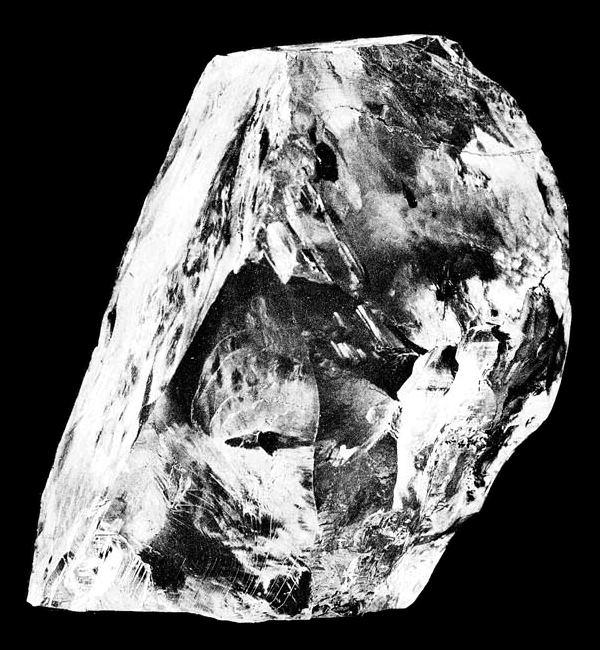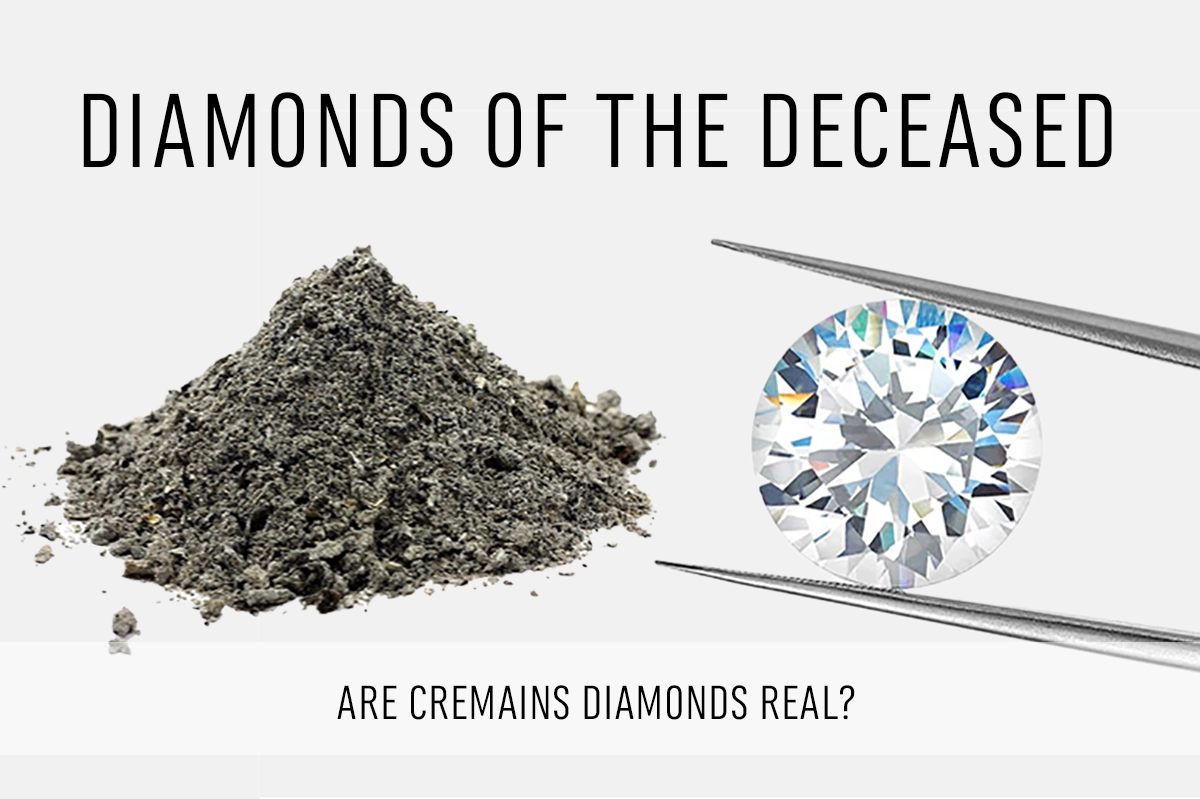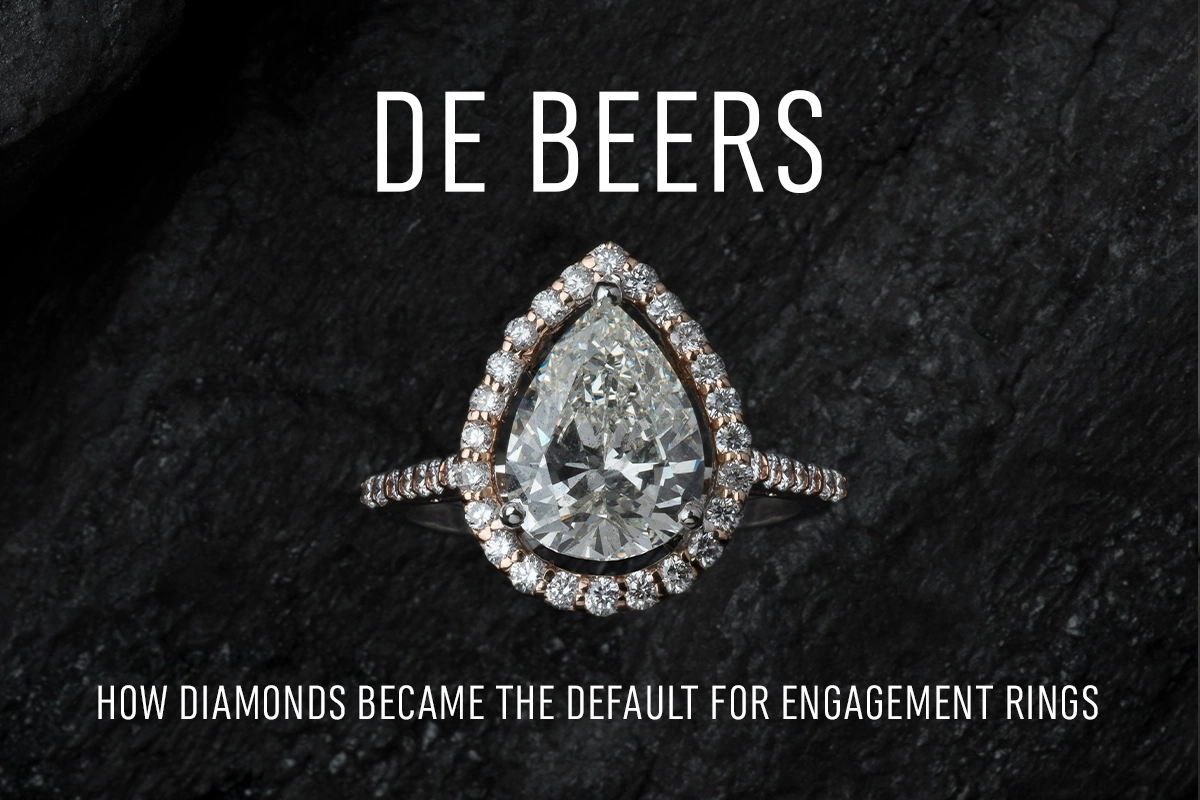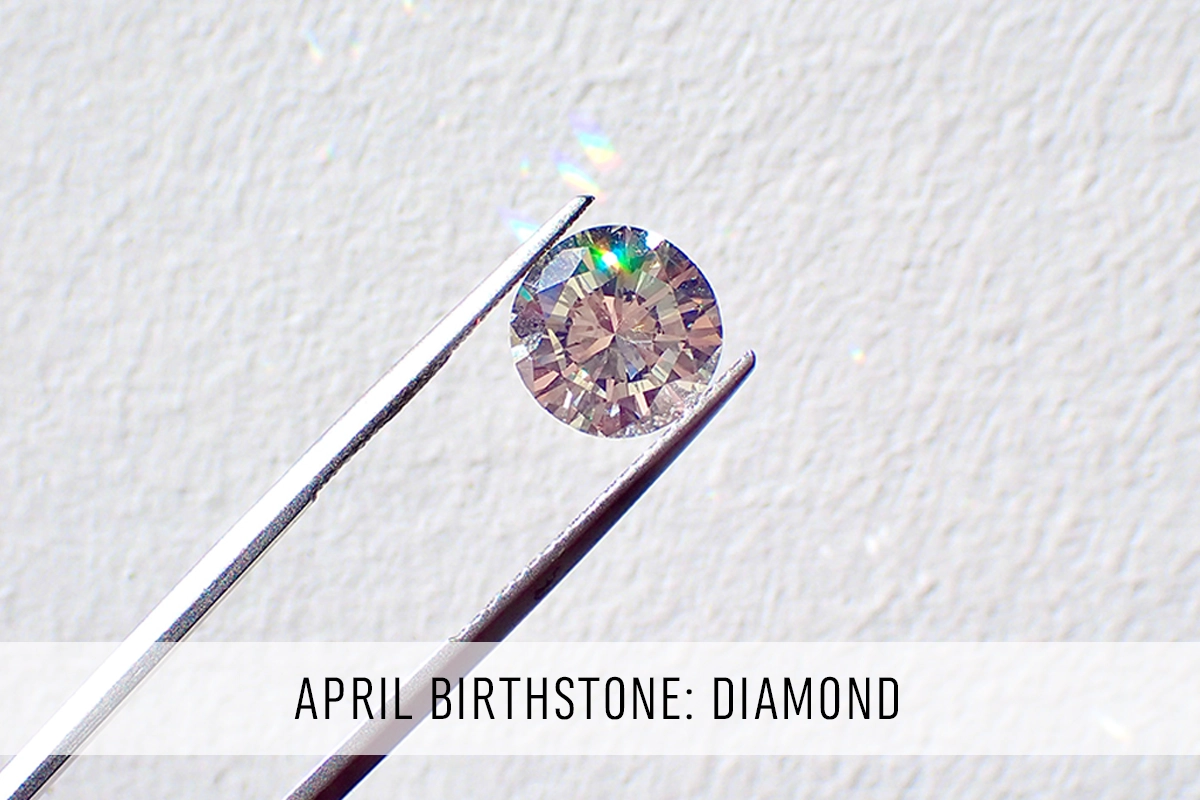
Diamonds have been captivating humanity for centuries. From the ancient civilizations of India and Greece to modern-day Hollywood and the world’s most famous engagement rings, these precious gemstones have never lost their allure.
As one of the birthstones for April (along with quartz), diamonds hold a special place in the hearts of those born in this month. But beyond their beauty, diamonds have a rich history and cultural significance that makes them even more fascinating.
In addition to being the birthstone for April, diamond is also the traditional gemstone for the 10th wedding anniversary.
Table of Contents
Diamond Birthstone History
The name diamond derives from the ancient Greek adamas meaning “proper”, “unalterable”, “unbreakable”, “untamed” and diaphanus meaning “transparent.”. Since diamonds are the hardest natural material on Earth, we can understand why they named it the “unbreakable” stone. In fact, the only thing that can cut a diamond is another diamond.
The legend of the diamond is that the god of mines brought together all of the world’s known gems of all tints and hardnesses. He crushed them and combined them together to create a gem that was stronger and more beautiful than all: the diamond. When you shine a ray of white light through it, a rainbow appears to show all the colours of the gemstones that were used to make it.
Throughout history, diamonds have held a variety of meanings and symbolism. In Ancient Greece, diamonds represented the tears of the gods and were believed to possess healing powers. In Hindu mythology, diamonds were thought to bring luck and protect against evil spirits. In Medieval Europe, diamonds were associated with purity and innocence and were often worn by brides on their wedding day.
During the Renaissance, diamonds became a status symbol for the wealthy and powerful. They were worn as jewelry and incorporated into elaborate art pieces. Diamonds were also used as a symbol of love and commitment, with the first diamond engagement ring being given by Archduke Maximilian of Austria to Mary of Burgundy in 1477.
Today, diamonds continue to be a symbol of love, commitment, and luxury. They are still highly valued for their physical properties, but also hold significant cultural and historical importance. The meaning of diamonds may have evolved over time, but their allure and beauty remain timeless.
Diamond Birthstone Meaning
Diamonds are composed of pure carbon – the foundational element of life – transformed under intense heat and pressure. Rather than crumpling under these extreme conditions, they become stronger and more beautiful.
Diamond’s unbreakable nature reminds us to stay strong through any adversities. Wear this stone to amplify your energies, radiating strength, courage, and positivity.
Diamond birthstone Properties
Diamonds are not only beautiful, but they also have some unique physical properties that make them highly valued. Diamonds are composed of carbon atoms, arranged in a crystal lattice structure. This structure gives diamonds their characteristic hardness, with a rating of 10 on the Mohs scale of mineral hardness. This means that diamonds are the hardest natural substance on earth and can only be scratched by another diamond.
In addition to their hardness, diamonds also have a high refractive index, which means that they bend and reflect light in a way that enhances their sparkle and brilliance. This is why diamonds are often cut in specific shapes and angles to maximize their reflective properties.
Most famous Diamonds
Despite their complex history, diamonds continue to be one of the most sought-after gemstones in the world. Over time, certain diamonds have gained notoriety for their size, quality, and historical significance. Here are just a few of the most famous diamonds:
The Hope Diamond
Perhaps the most well-known diamond of all, the Hope Diamond is a 45.52-carat blue diamond that has been the subject of legends and myths for centuries. According to some stories, the diamond was cursed and brought misfortune to anyone who owned it. Today, the Hope Diamond is on display at the Smithsonian Institution in Washington D.C.
The Koh-I-Noor Diamond
This diamond has a storied history that stretches back over 800 years. Originally from India, the Koh-i-Noor has been owned by various rulers and monarchs over the centuries, including the British royal family. The diamond’s name means “Mountain of Light” in Persian, and it weighs in at an impressive 105.6 carats.
The Cullinan Diamond
This massive diamond was discovered in South Africa in 1905 and was named after the mine’s owner, Sir Thomas Cullinan. The diamond was eventually cut into nine separate stones, including the 530-carat Great Star of Africa and the 317-carat Lesser Star of Africa. Both of these diamonds are set in the British Crown Jewels.
These famous diamonds, and many others like them, have helped cement diamonds as a symbol of wealth, power, and prestige. But regardless of their cultural significance, diamonds are beloved for their beauty and durability, making them a timeless choice for jewelry and other decorative pieces.
Diamond birthstone Care
Since Diamond is the hardest gemstone, it will keep its shine and sparkle for a long time with very minimal care. Soaking in a bit of warm, soapy water before brushing with a clean, soft bristled brush, is all that’s needed to keep your diamonds sparkling and beautiful.
For a deeper cleaning, you can use an ultrasonic jewelry cleaner and steam cleaning is also usually safe as long as the gem has no fractures or inclusions.
Store your diamond jewelry in a soft pouch or lined box taking care not to let it rub against other diamonds.
Shop Diamond Birthstone Jewelry
-
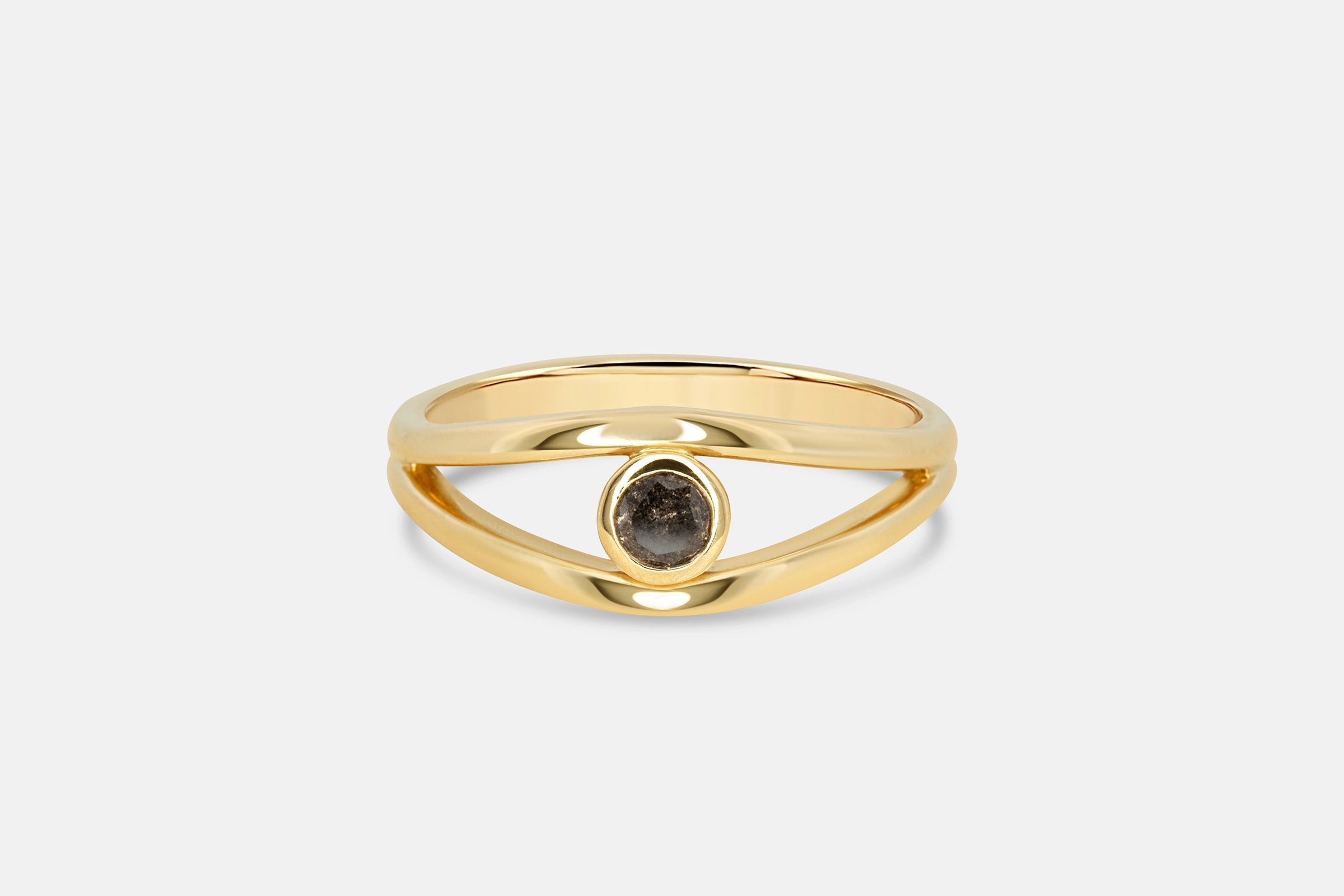
Evil Eye Ring – 14k Gold
$2,000.00 Select options This product has multiple variants. The options may be chosen on the product page -
 Sold Out
Sold OutBirthstone Totem Pendant – 14k Gold
$900.00 Select options




